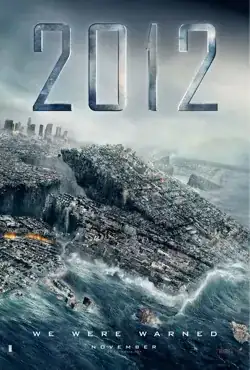From Skeptical Science:
“there is a suggestion … that
Armageddon would overtake the
degenerate peoples of the world and
all creation on the final day of the
thirteenth [b'ak'tun]. Thus … our
present universe [would] be
annihilated [in December 2012] when
the Great Cycle of the Long Count
reaches completion”
Michael D. Coe (1966), The Maya. Ancient peoples and places series, no. 52 (1st ed.)
[...]
And of course others picked it up and repeated it, thus this meme was born,
then grew and evolved in the 1990′s
into what we have today.
EDIT
here is the full text:
The idea of cyclical creations and
destructions is a typical feature of
Mesoamerican religions, as it is of
Oriental. The Aztec, for instance,
thought that the universe had passed
through four such ages, and that we
were now in the fifth, to be destroyed
by earthquakes. The Maya thought along
the same lines, in terms of eras of
great length, like the Hindu kalpas.
There is a suggestion that each of
these measured 13 baktuns, or
something less than 5,200 years, and
that Armageddon would overtake the
degenerate peoples of the world and
all creation on the final day of the
thirteenth. Thus, following the
Thompson correlation, our present
universe would have been created in
3113 BC, to be annihilated on December
24, 2011, when the Great Cycle of the
Long Count reaches completion.
Source
